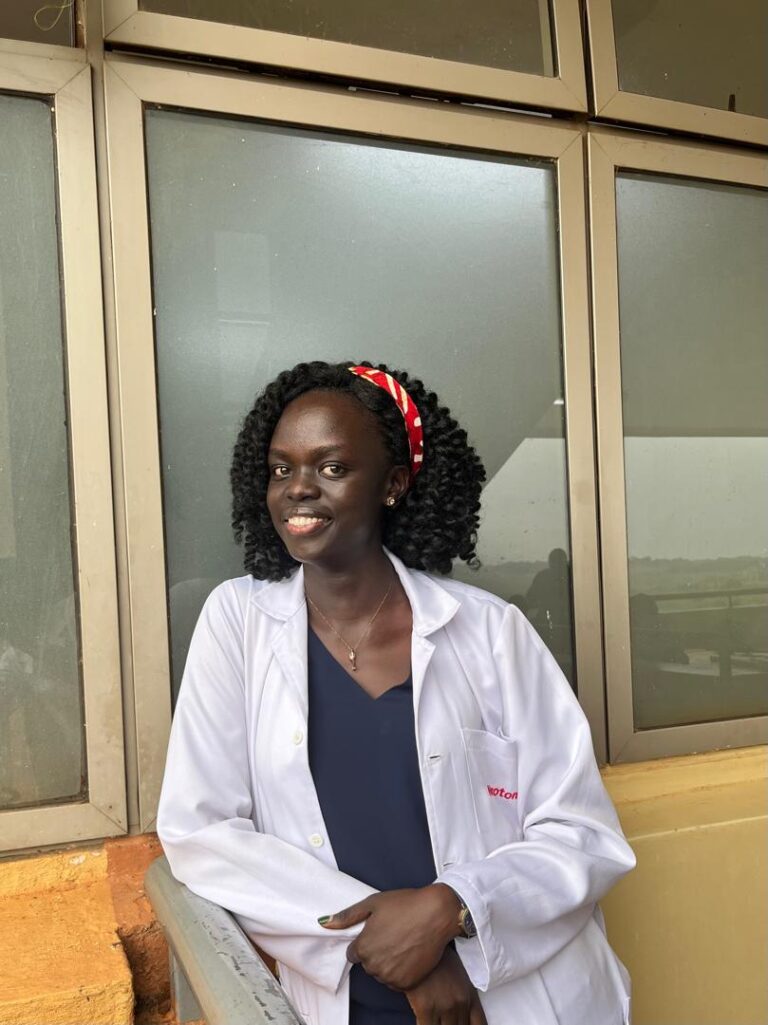In 2019, a team of ReSurge Medical Volunteers went on a trip to La Paz, Bolivia, with a Surgical Team Training Trip that included two occupational and certified hand therapists, Mary Oswald and Nina Healy, two surgeons, Gary Fudem and Aaron Grand, three anesthesiologists, Fabian Okonski, Loan Le, and Joyce Philips and four nurses Emily Ulm, Tiffany Middelkoop, Robin Sirois, and Yvonne Schimmel.
On that trip, they met a man they’d never forget. He was wearing a block of wood carved into the shape of a hand concealing an amputation beneath it. Little did they know that this meeting would set in motion a remarkable series of events that would span four years and a global pandemic–eventually leading to a life of promise and regained function.

Helmer, a young man in his late twenties, had survived a devastating electrical accident resulting in one amputated arm and severe injuries to his remaining hand. When he met the team his remaining hand was so terribly burned that he did not have enough soft tissue coverage. So, they had to do a rare procedure to help him. The team performed an abdominal flap, sewing his hand and wrist onto the inside of the skin of his abdomen to provide skin coverage over the bone. He had to stay like this for four weeks, unable to use either hand during that time. His family wholeheartedly cared for him until he could return to Dr. Terrazas, the local surgeon who released his hand and effectively covered his wound.
“He must have been overwhelmed but what I remember is a stoic and hopeful guy, thankful for whatever he could regain from his awful injury. I also remember he had a very supportive family,” said occupational and certified hand therapist, Nina Healy.
With poor function in his remaining hand due to the burn scars and contractures, Helmer would have very limited abilities for employment and self-care without a prosthetic device. Around 100 million people worldwide need a prosthetic limb to replace an amputated arm or leg. Yet, approximately 80 percent of people don’t have access to these services – an issue especially pertinent in low- and middle-income countries.
Nina and Mary knew they had to take action to help Helmer.

Developing a prosthetic for Helmer was a transnational effort uniting local partners in Bolivia, the ReSurge team in the United States, and the Hanger Clinic, the nation’s leading prosthetic care provider. ReSurge volunteer Mary Oswald remained in close contact with Helmer as well as a local therapist in Bolivia. Inspired by Helmer, when Mary returned home to Colorado, she reached out to the Hanger Clinic. The Hanger Clinic generously donated $6,000 worth of materials and time to fabricate the 3D-printed prosthesis shell, associated cables, and harness.
Additionally, Mary’s husband, Bob, created a template to measure the prosthetic cuff. These measurements were sent to Bryan Lott, an upper extremity prosthetist from the Hanger clinic who generously donated his time to craft the prosthesis using a 3-D printer, all from miles away.
During this time, the COVID-19 lockdown limited access to reconstructive surgical care, making it challenging for reconstructive surgical professionals and patients to travel, both internationally and domestically, to receive and provide care. Helmer’s case, like so many other cases, had a backlogged wait time. During the interim, Mary, Nina, and local physical therapist Daniella Marco Cardozo were the conduits for all the communication with Helmer prior to the next time the team would be able to visit La Paz. It was crucial to keep in touch since the next visit wouldn’t be for a while.
Fast forward four years later, the team at last made their return to La Paz, bringing with them a prosthetic arm for Helmer. In eager anticipation, Nina and Daniela underwent joint training sessions on the application. In addition, videos were sent to Helmer for training purposes before his appointment to receive the prosthesis. They worked with him so he could learn the ins and outs of using his new hand.


“I felt overwhelming gratitude for the opportunity to be a part of this life-changing event. I had the prosthesis for about ten days before leaving for La Paz. I shared Helmer’s story with friends, family, co-workers, neighbors, and anyone who showed the slightest interest in my trip. Many people had never seen a prosthesis before and could not even imagine what Helmer had been through. It was a true team effort, and I thank all involved for the joy of being a part of it, especially ReSurge for allowing me to return to La Paz for a third time,” remarked Nina Healy.
Indeed, Helmer was one of the lucky few. Every three seconds, someone worldwide requires medical attention for burns and approximately 11 million severe burn cases occur globally every year. The vast majority of these cases happen in low-income countries – why burns are often referred to as a “disease of poverty.”

While burn injuries from open fire disproportionately affect women and children, electrical burns are an extremely common issue that mainly affects men and boys. These types of injuries from unsafe electrical conditions account for an estimated 27% of burn cases in low-income countries, compared to just 4-5% in high-income countries.
Helmer quickly demonstrated his acceptance of the prosthesis, picking up numerous objects, opening a water bottle, and reaching for a ball. Helmer was moved beyond words and was incredibly grateful for the great lengths all these volunteers went through to make this dream of a new arm a reality.
As we say at ReSurge, reconstructive surgery is a team sport. In addition to the surgery, physical and occupational therapy plays a significant role in restoring function to those recovering from an injury or surgery. It took a village to help Helmer, including the love and support of Helmer’s family, the unwavering dedication of occupational and certified hand therapists around the world, the work of surgeons, and the resilience of Helmer.





